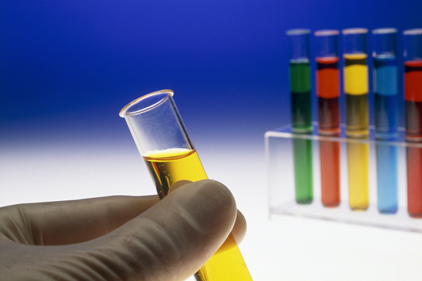The plasticizers market, along with its various types and sub-types, has witnessed considerable growth in recent years, according to a recent report from Research and Markets. This growth is projected to persist in the coming years. Phthalates are the most widely consumed type of plasticizers, with low phthalates being at the forefront. The demand for low phthalates is led by the dioctyl phthalate (DOP) sub-type, which accounted for a share of nearly 50% of the overall market in 2013.
Asia-Pacific is the biggest consumer of DOP; China is at the forefront in terms of volumetric consumption of DOP in the region. Although DOP still leads the demand for plasticizers, this demand is expected to decline in the coming years, due to the stringent environment regulations especially in Europe and North America. Currently, Asia-Pacific is the largest consumer of plasticizers, accounting for more than half of the total demand in 2013. Among all countries, China dominates the plasticizers market and consumed the maximum volume of plasticizers in 2013. The market volume of plasticizers is comparatively low in the rest of the world region, but is expected to show the highest compounded annual growth rate (CAGR) from 2014 to 2019, followed by Asia-Pacific.
Overall plasticizers demand is driven by the DOP and diisodecyl-phthalate/diisononyl-phthalate (DINP/DIDP) segments, which collectively consumed almost three-fourths of the total global demand in 2013. DOP is the most widely consumed low phthalate, while DINP/DIDP are the most-consumed high phthalates. The non-phthalate plasticizers are projected to witness the highest growth between 2014 and 2019. Among the non-phthalates, dioctyl terephthalate (DOTP) is projected to be the strongest growth segment of plasticizers, primarily due to its usage as a substitute to the harmful phthalates. In addition, the bio-based segment is expected to witness growth at a notable pace in the next few years.
For more information, visit www.researchandmarkets.com.



